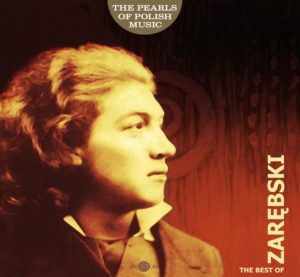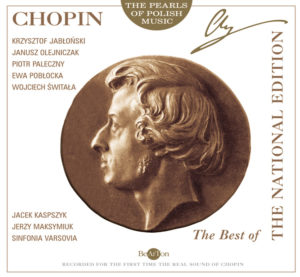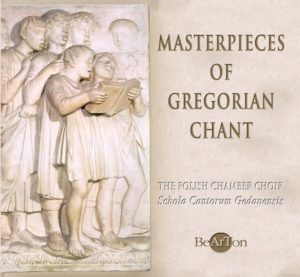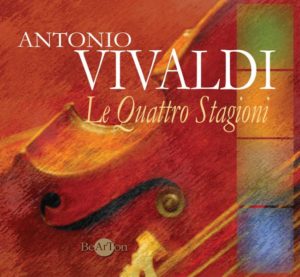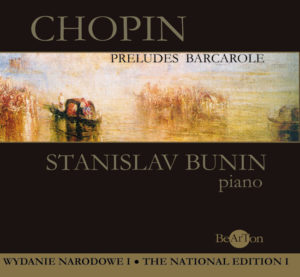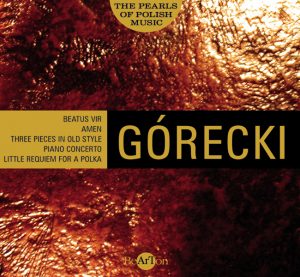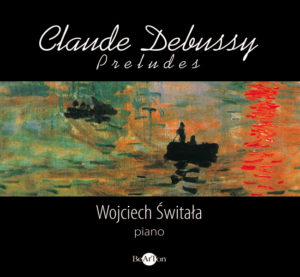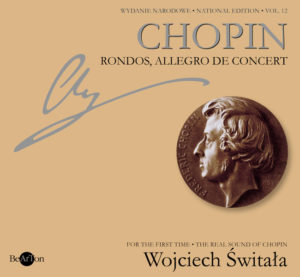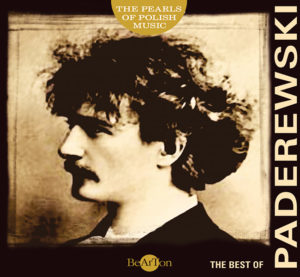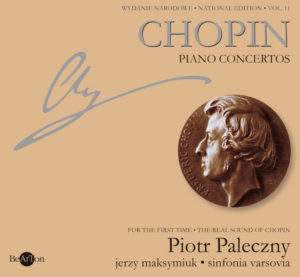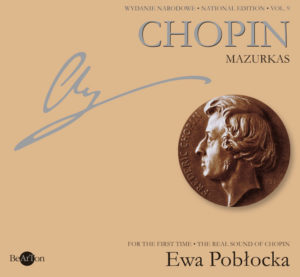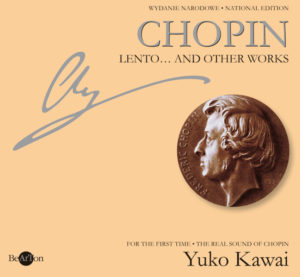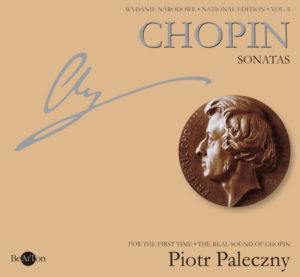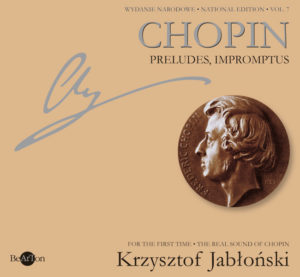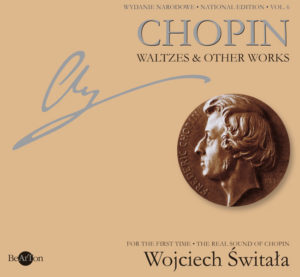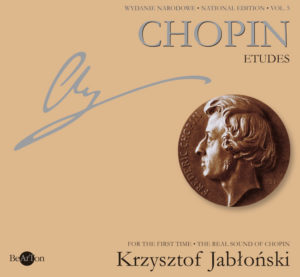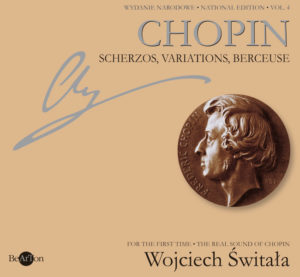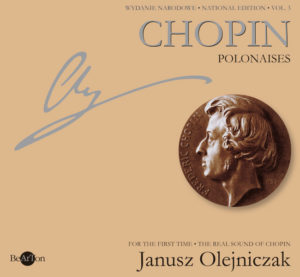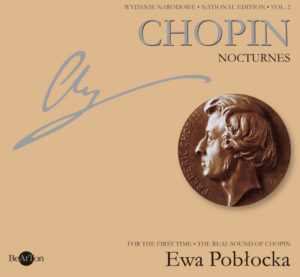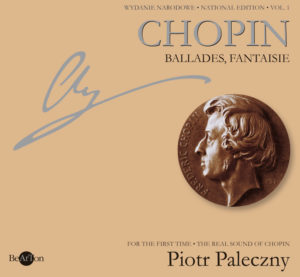Chopin – The best of the National Edition
Chopin – The best of the National Edition
Cat. No. CDB032/033
2 music discs: CD-AUDIO
Performers:
Krzysztof Jabłoński [CD1-6,7,8,12,13,14, CD2-4] – piano
Janusz Olejniczak [CD1- 17,18] – piano
Piotr Paleczny [CD2-1,2,5] – piano
Ewa Pobłocka [CD1-9,10,11,15,16, CD2-3] – piano
Wojciech Świtała [CD1-1,2,3,4,5] – piano
Orkiestra Sinfonia Varsovia [CD2-2,3,4,5]
Jacek Kaspszyk [CD2-3,4] – conductor
Jerzy Maksymiuk [CD2-2,5] – conductor
Content of set
CD1 – CDB032
- Rondo in C minor op.1 – 8’12”
- Scherzo in B minor op.20 – 9’33”
- Scherzo in C sharp minor op.39 – 7’43”
- Waltz in F major op.34 – 2’04”
- Waltz in C sharp minor op.64 Nr 2 – 3’13”
- Prelude in D flat major op.28 Nr 15 – 4’51”
- Prelude in B flat minor op.28 Nr 16 – 1’03”
- Prelude in C minor op.28 Nr 20 – 1’50”
- Mazurka in C major op.6 Nr 5 – 0’42”
- Mazurka in E minor op.17 Nr 2 – 1’44”
- Mazurka in A minor op.17 Nr 4 – 3’46”
- Etude in E major op.10 Nr 3 – 3’41”
- Etude in C minor op.10 Nr 12 – 2’26”
- Etude in A flat major Nr 1 – 2’14”
- Nocturne in E flat major Nr 2a – 4’04”
- Nocturne in D flat major Nr 2 – 5’05”
- Polonaise in A major op.40 Nr 1 – 5’19”
- Polonaise in A flat major op.53 – 7’02”
Total time CD1 – 75’36”
CD2 – CDB033
- Ballade in G minor op.23 – 9’18”
- Piano Concerto in F minor op.21 (Allegro vivace) – 8’42”
- Fantasia in A minor On the Polish Airs op.13 – 14’41”
- Krakoviak Concert Rondo op.14 – 13’47”
- Piano Concerto in E minor op.11 (Allegro Maestoso) – 19’51”
Total time CD2 – 66’39”
Total time – 142’15”
Prizes:
Listen a part
CD1 – CDB032
59.99złAdd to basket
© ℗ 2005 Bearton
The Phenomenon of Chopin
The extra ordinary popularity of Chopin’s music is both in fascinates and amazing. It can surely be said that for lovers of classical music, both in the past and now, Chopin has enjoyed the status of a charismatic idol. The famous British scholar of Chopin Arthur Hedley found it some what paradoxical that works by this most reserved and individual of composers constitute a never ending at traction to listeners regardless of sex, nationality or intellectual interests.
The sheer number of editions and the size of the print runs of Chopin’s compositions cannot fail to leave anyone indifferent. The number of collected editions has exceeded seventy. The Complete Works of Chopin in Ignacy Jan Paderewski’s edition has sold over three million copies. The Chopin discography goes into huge numbers whereas the number of the composer’s biographies is close to twenty thousand. Chopin has become the world’s most popular composer. We are facing Chopin reproduced in thousands of radio and television broadcasts, as the hero of piano competitions, as the darling of audiences waiting for the winner with the highest accolade, like a sports event… And there are also records, tapes and cassettes… (J. M. Chomiński).
Chopin’s music is indeed a timeless phenomenon that knows no cultural boundaries. It is mu sic that has attracted great numbers of people for almost two centuries. Already by 1820, Chopin had won fame as a child prodigy in Warsaw. A city boasting a stable musical life and high cultural standards, despite all the difficulties steming from the political situation of a country under partition, Warsaw turned out to be fully prepared for receiving – and educating – such a great talent. A real musical genius – this is how a Warsaw periodical described the seven-year-old Fryderyk. The popularity of the young virtuoso and composer grew month by month. He was loved and admired, and his public concerts were sensational events. On the day he left Poland, in Novem ber 1830, he was bid farewell with a cantata specially written for the occasion by Józef Elsner.

The best of National Edition: performers
Outside Poland, the interest in Chopin and his music began with his first concerts in Vienna and Paris. He fascinated a good part of the European elite of the time. This led to Chopin’s close acquaintance with such great musicians and artists as Schumann, Rossini, Berlioz, Liszt, Mendelssohn and Delacroix. He became highly valued by critics and extremely popular, particularly after Schumann’s review of his Variations Op. 2, which contained the famous remark Hats off, gentlemen, a genius! Many composers, writers and painters dedicated their works to Chopin. Chopin’s premature death, on 17 October 1849, opened a new chapter in the reception of his music. For each successive generation it had a different meaning. It has become of great importance for composers and pianists, as well as for wider audiences. Various qualities and merits were ascribed to it. The national strand in Chopin’s music, for instance, was treated by some as the most perfect illustration of Poland’s striving for independence. Soon after the composer’s death, books started to be written about him, Liszt’s sketch being the first notable example. Collected editions of his works started to be published, testifying to the changing attitudes to Chopin’s autograph scores.
The important role played by the folk element and national genres in Chopin’s music had an unquestionable influence on the emergence of national schools in Russia, Bohemia and Scandinavia, while the innovative character of Chopin’s piano technique became a source of inspiration for many outstanding composers, if only to mention Juliusz Zarębski, Karol Szymanowski, Alexander Skryabin, Claude Debussy and Manuel de Falla. In the 20th century Chopin’s music gained a new context – of experiments in the field of sound and a negation of tradition. However, in a period when the old or der was being destroyed, the works of Chopin have revealed, as it were, their new face, demonstrating their innovative character. Indeed, in many respects, Chopin’s music was several decades ahead of its time, a feature that could be appreciated only from a longer time perspective. Chopin the epitome of Romanticism started to be looked upon as a great innovator and master of compositional craft, and the appreciation of his merits moved from the sphere of emotions and ideas to an objec tive, technical field. The influence of Chopin’s music on the outstanding exponent of 20th-century music, Witold Lutosławski, is very telling. Chopin continues to live in the recorded legacy of the greatest piano virtuosos, particularly Polish and Russian, such as Ignacy Jan Paderewski, Józef Hofmann, Artur Rubinstein, Sergey Rachmaninov and Svyatoslav Richter, to name but a few.
The establishment in the 1920s of the International Chopin Piano Competition in Warsaw, whose 15th edition was held in 2005 [and in 2010 and 2015 as well] was of profound importance in keeping Chopin’s music alive. The reception of Chopin’s music took different courses in different countries and communities. The wave of interest in his mu sic had its ups and downs and to ok different forms. Geographically, it also moved from region to region. In the 1960s, the peak of fascination in Chopin’s music reached South America. In later decades it moved to Asia, notably Japan, China, Taiwan and South Korea. In those countries Chopin became the object of a frenetic cult, which is an extraordinary phenomenon bearing in mind that continent’s cultural and philosophical background, so greatly different from the European one. Is it not, however, the most eloquent manifestation of the universal character of the music of the great Pole, who, as no other artist, placed inherently Polish values in the pantheon of the values belonging to all humanity? It may be that the way in which the Polish poet, Julian Tuwim, in 1936, described his attitude to Chopin appears too rapturous. Yet it seems to explain very aptly the Chopin phenomenon. The poet confessed: Chopin was the greatest artistic shock which I have ever experienced. The adoration surrounding Chopin has been growing all the time; I consider him the most wonderful phenomenon not only in the history of Polish poetry but generally of the arts worldwide.
Marek Wieroński

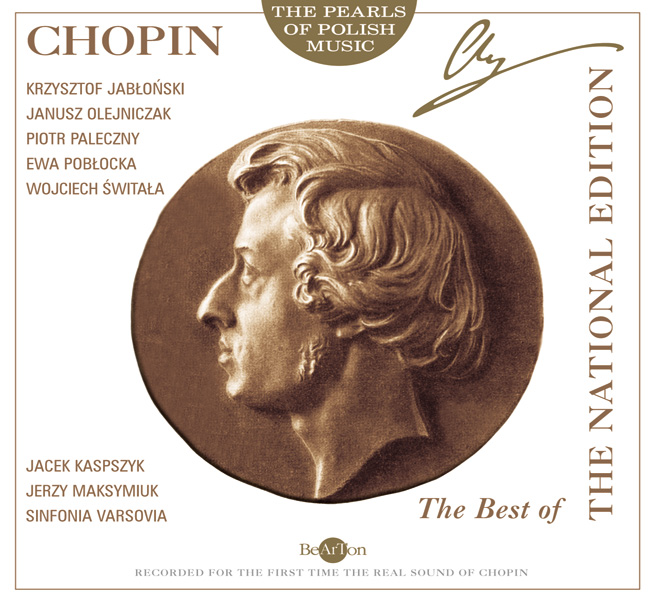



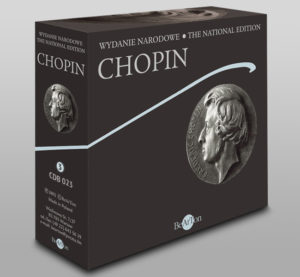
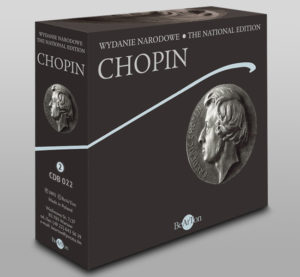
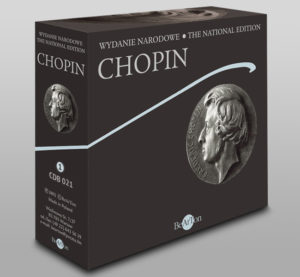
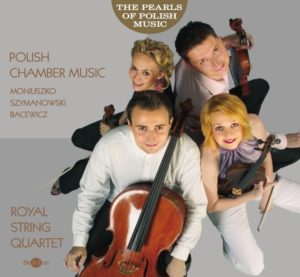
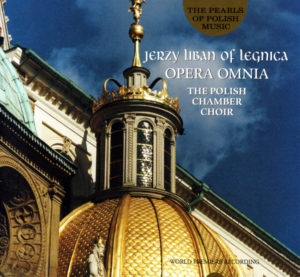
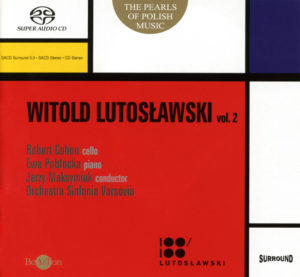
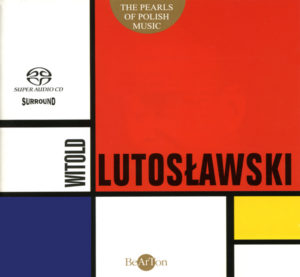
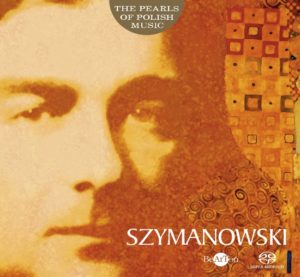
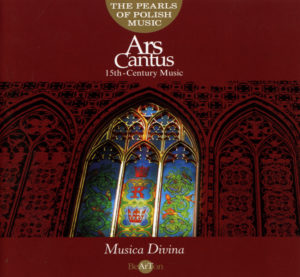
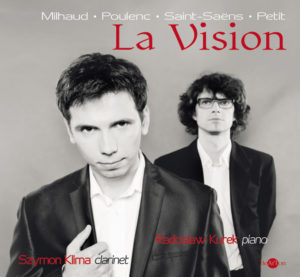
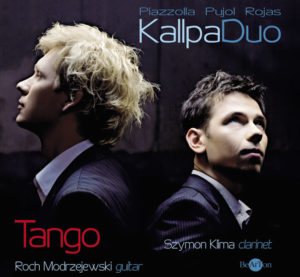
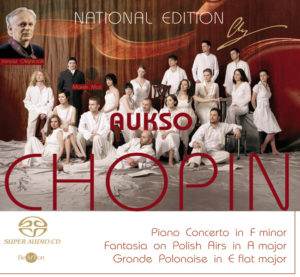
![Chopin – Walce [B] i inne utwory CDB047](https://www.bearton.pl/wp-content/uploads/Chopin-Walce-B-i-inne-utwory-CDB047-A-300x277.jpg)
![Chopin – Pieśni [B] CDB046](https://www.bearton.pl/wp-content/uploads/Chopin-Piesni-CDB046-A-300x277.jpg)
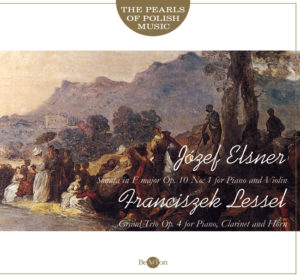

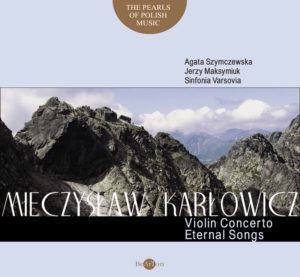
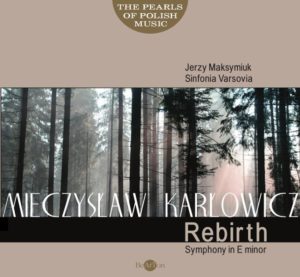
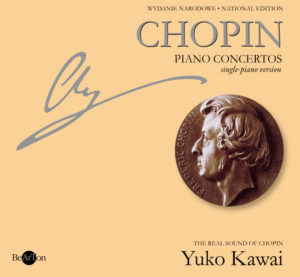
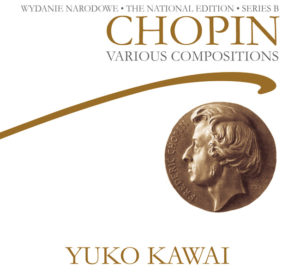
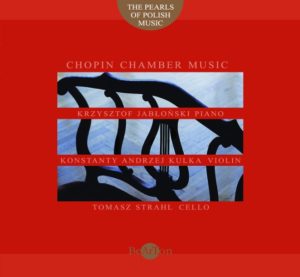
![Chopin - Mazurki i inne utwory [B] CDB038](https://www.bearton.pl/wp-content/uploads/Chopin-Mazurki-i-inne-utwory-B-CDB038-A-300x277.jpg)
![Chopin – Polonezy [B] CDB037](https://www.bearton.pl/wp-content/uploads/Chopin-Polonezy-B-CDB037-A-300x277.jpg)
